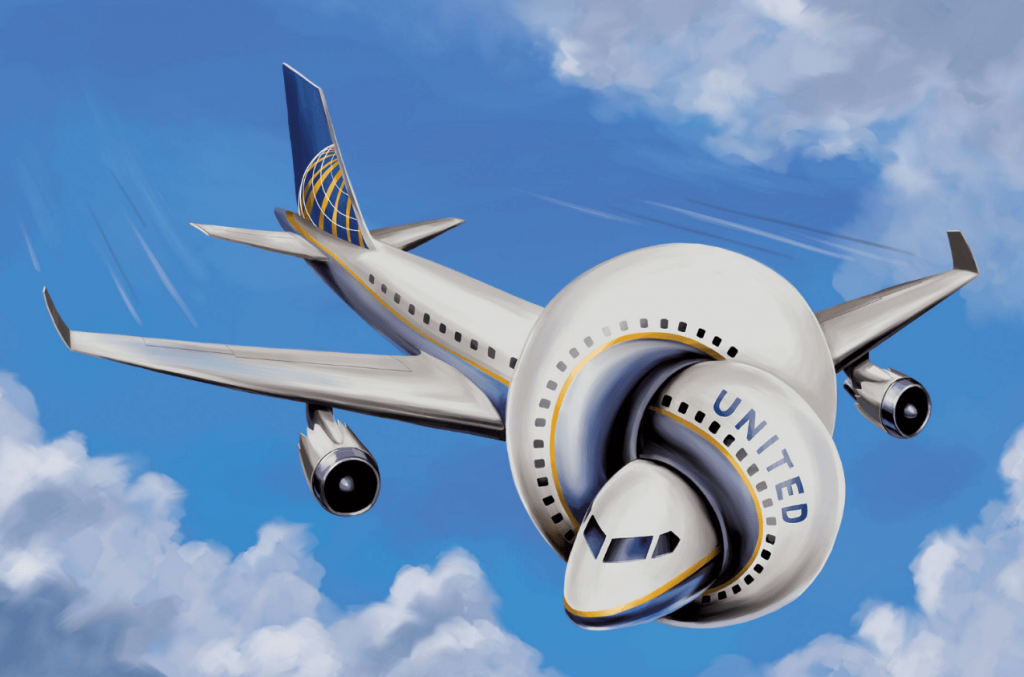
Thursday February 14, 2019
The State of Crisis Comms Today
The disturbing images of a male passenger being dragged out of his seat and down the aisle of an over-booked flight in Chicago are, even to this day, difficult to digest: it was April 2017 and law enforcement were called by United Airlines to remove a passenger to make room for crew members that needed to be repositioned for another flight.
The incident occurred after the airline couldn’t find enough volunteers to take up a cash offer to vacate their seats.
As often happens in this day and age, shocked people on the scene captured the event on their smartphones and it took only minutes for the video to go viral – on one YouTube channel alone it has been viewed more than 4.5 million times.
A passenger on the United flight, Tyler Bridges, told the New York Times he posted the video because “it felt like something the world needed to see.”
United would have been well-placed to respond to the incident immediately by apologizing and, adopting, at least initially, ‘our customers are always right’ approach. That didn’t happen, with United choosing instead to go on the defensive – even calling the customer “disruptive” and “belligerent.” Even it’s social media team went into overdrive to defend a practice which most people viewed as abhorrent.
United CEO Oscar Munoz issued a statement but one that was seen to have been insensitive and not appropriate for an airline which claims the motto of “fly the friendly skies”: “This is an upsetting event to all of us here at United. I apologize for having to re-accommodate these customers. Our team is working with a sense of urgency to work with the authorities and conduct our own detailed review of what happened. We are also reaching out to the passenger to talk directly to him and further address and resolve this situation.”
Around the same time, and in an even more damaging act, Munoz wrote to his 82,000 employees and seemed to have complimented staff for acting the way they did on Flight 3411: “While I deeply regret this situation arose, I also emphatically stand behind all of you, and I want to commend you for continuing to go above and beyond to ensure we fly right…”
The fallout was predictable, with travellers on social media calling for a boycott of United – especially after it emerged that the removed passenger – who had to be taken to hospital for non life-threatening injuries – was a physician on his way back to his practice. Read one tweet: “I will never fly #unitedAIRLINES. That’s not how you treat people.”
Tweeted another passenger from the same flight: “We are all shaken and so disgusted.” And another: “Absolutely barbaric, horrific. @United greedily overbooks flight #3411, assaults pax. They will not get my business again.”
Taken alone, the dragging incident might be something that United could deal with by issuing a mea culpa and moving on. But it seemed to be consistent with many other customer service lapses that has seriously tarnished the United brand. These included: the death of a dog on a United flight in 2018, the death of a pet rabbit while in its care and a dog being mistakenly sent to Japan. The airline had also come under fire for barring two teenage girls wearing leggings from boarding a domestic flight – that incident also lit up Twitter, with the likes of celebrities such as model Chrissy Teigan, actor LeVar Burton and Academy Award-winning actress Patricia Arquette taking pot shots at United.
It does appear that United has a service culture problem, with its staff placing the company’s interests ahead of its customers. Frontline customer service staff should be empowered, when necessary, to bend the rules and to show compassion, especially when the company’s image is at stake.
“It’s a top-down culture, meaning the CEO and other leaders set the atmosphere for the rest of the employees. The leadership (at United) has been pretty abysmal,” said airline expert George Hobica.
One industry analyst, referring to the ejection of the doctor from UA3411, said the incident showed to what lengths the airline would go to remove passengers on overbooked flights and that can be interpreted as unacceptable for business travellers.
“As somebody who flies hundreds of thousands of miles, I’m saying, ‘I thought once I was on the plane, it was my seat. They unfortunately disrupted a number of certainties that people tend to rely upon, so I think it’s a big trust thing,” said Andrew D. Gilman, the chief executive of CommCore Consulting Group, a crisis communications firm.
Even the best laid out crisis communications plans cannot fully prepare a corporation’s public relations team for a worst case scenario – which is the category in which the Flight UA3411 can be easily categorized as. But with proper sensitivity training – and empowering frontline staff to take split second decisions to diffuse a situation – corporations can inoculate themselves from significant reputation damage down the road when a crisis strikes. Treating staff well will also trickle down to delivering a better customer service experience.
And with the widespread availability of smartphones, wifi and high-speed mobile networks, corporations – large and small – need to better prepare themselves for a crisis being played out in real time. For that, no amount of crisis communications prepping is too little.
Remember: it usually takes years to build up a reputation – and only minutes or even seconds to bring it down.
Curzon PR is a London-based PR firm working with clients globally. If you have any questions, please feel free to contact our Business Development Team bd@curzonpr.com







Follow us